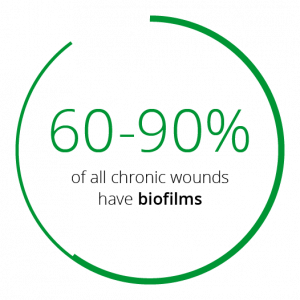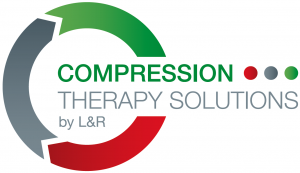FREE Shipping on Orders over $89 with Account – Create One Today!
- (844)-859-9400
- Get Help

At L&R, people and their healthcare have always been our main focus. The tagline People.Health.Care. draws attention to three independent areas that together form the essence of L&R’s vision and values: People are our top priority and therefore at the heart of everything we do. Their health is both L&R’s area of expertise and sphere of activity. Care embodies the brand values of trust, customer and service focus, as well as the idea of L&R as a reliable partner. As a trusted solution provider, we are well positioned to help people worldwide with this three-pronged approach.



